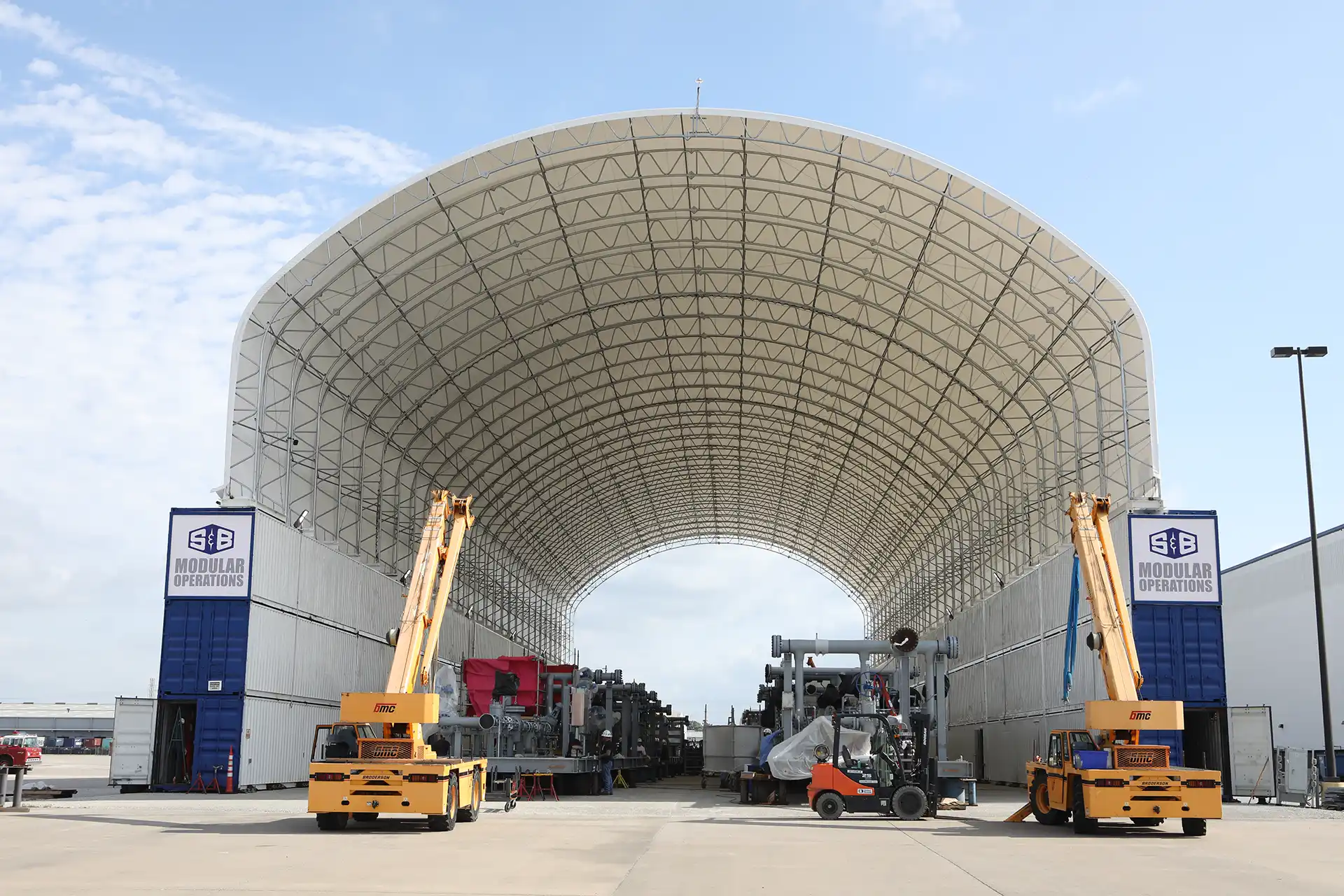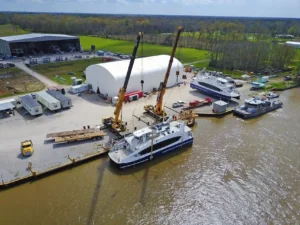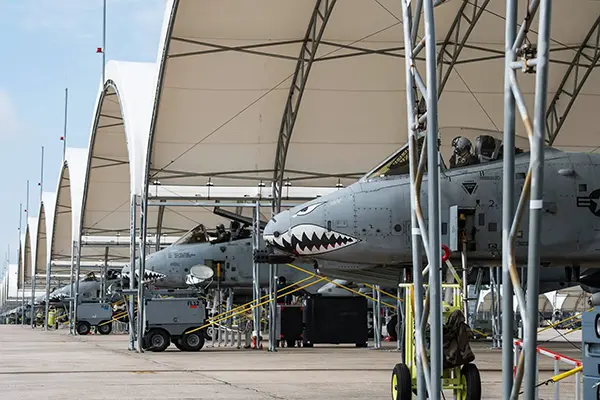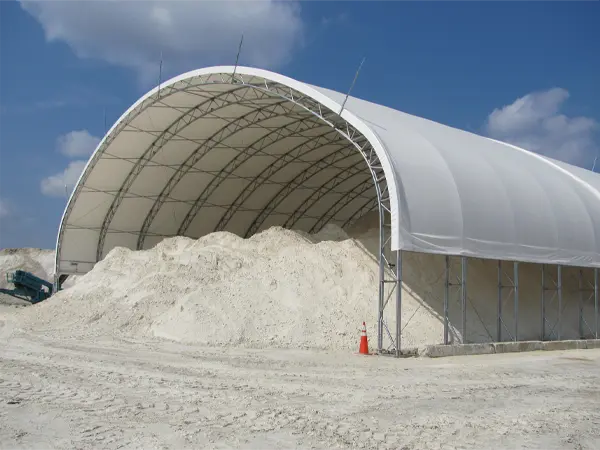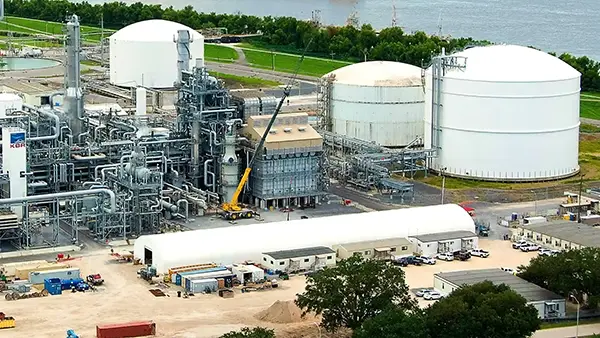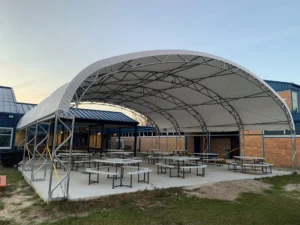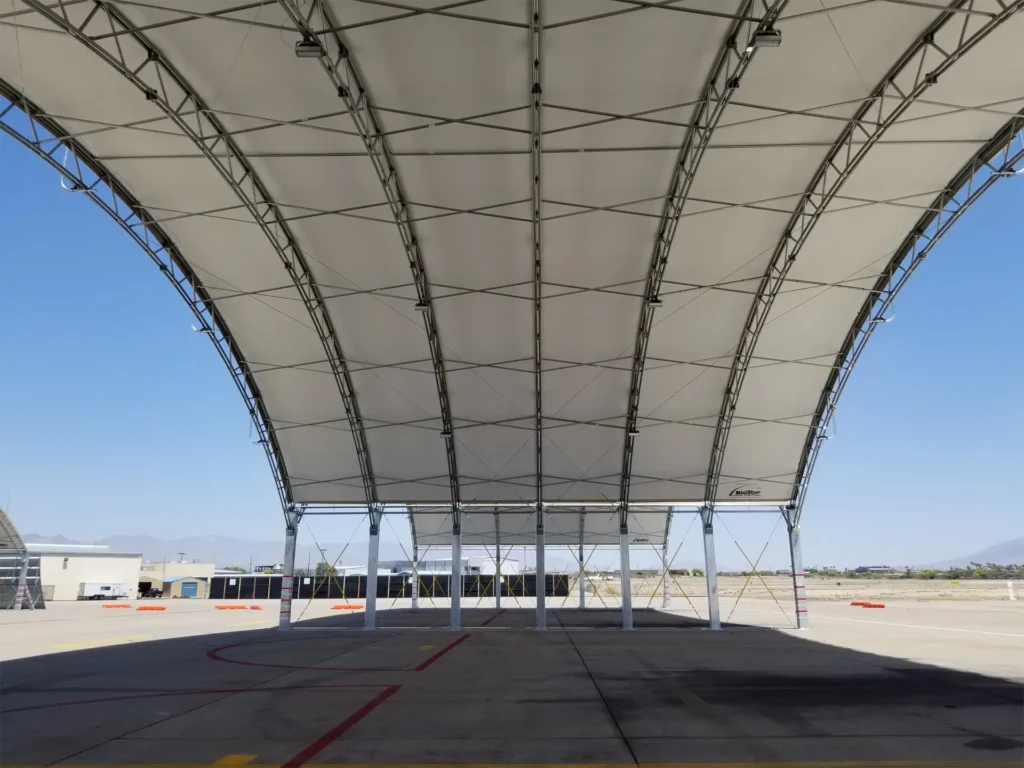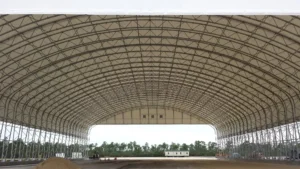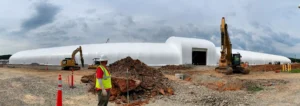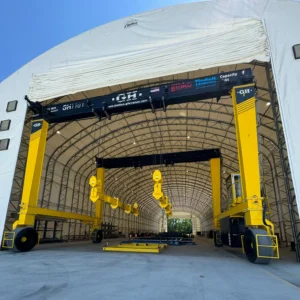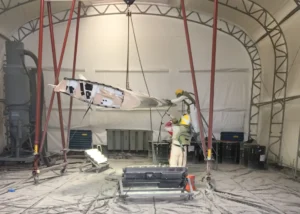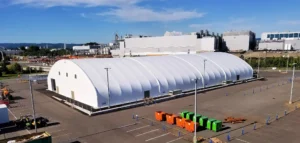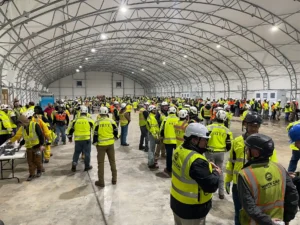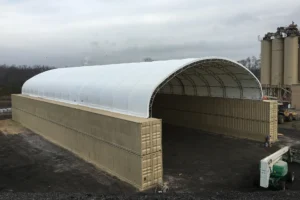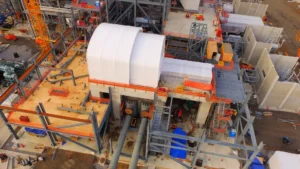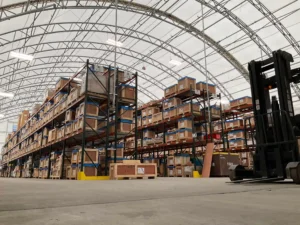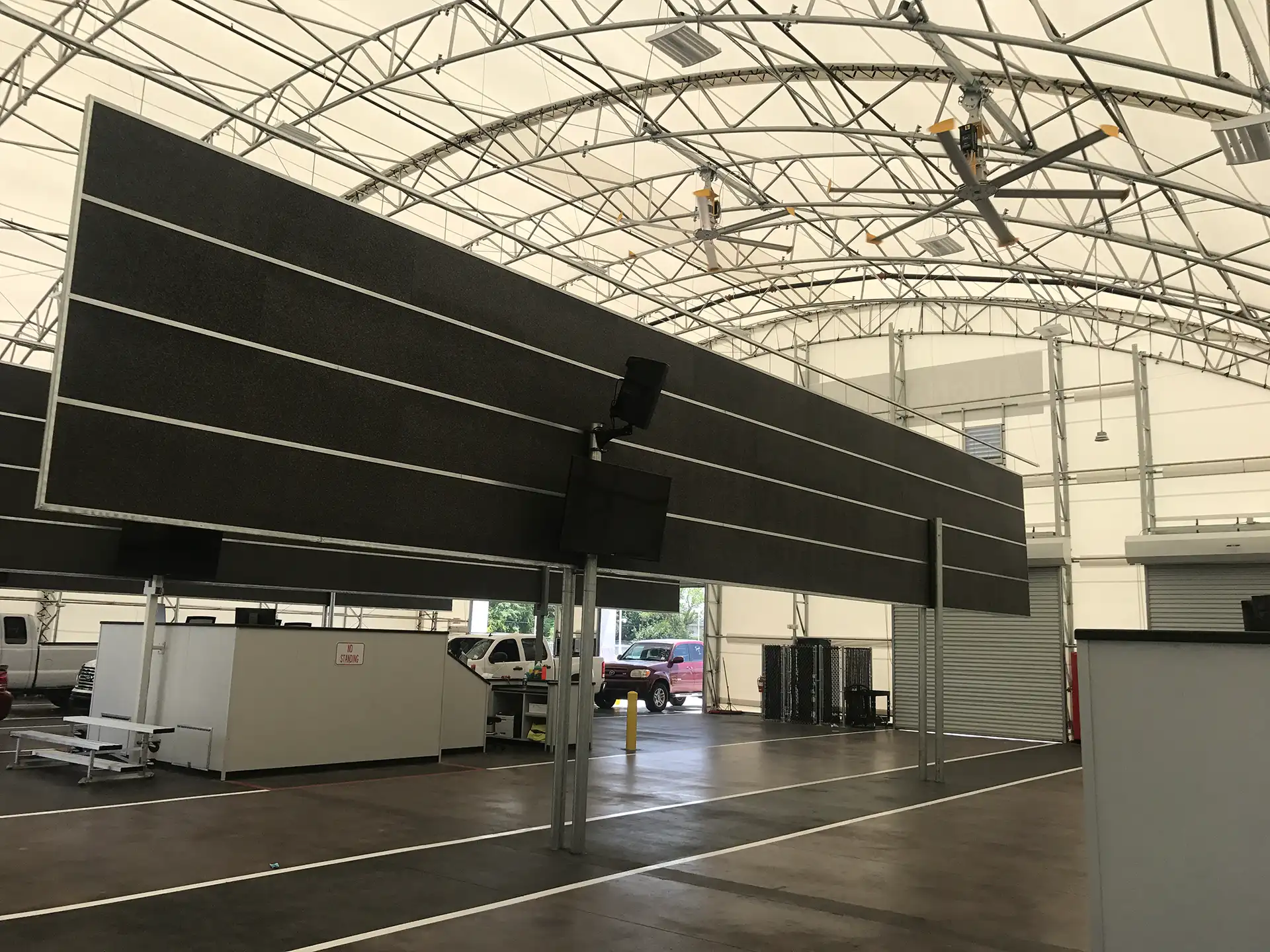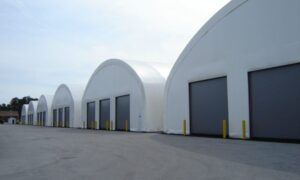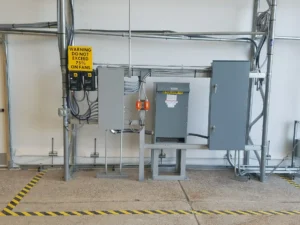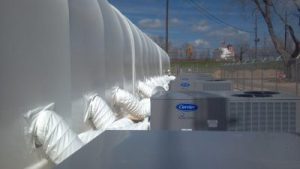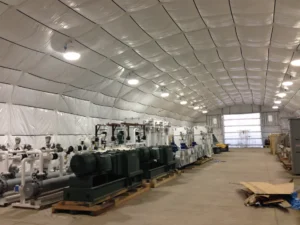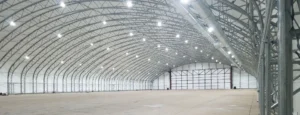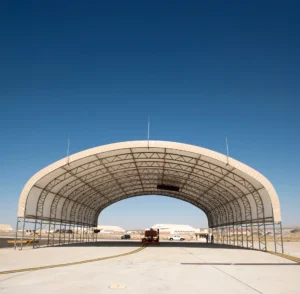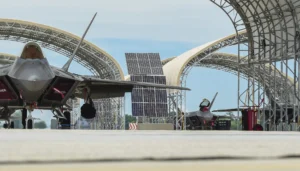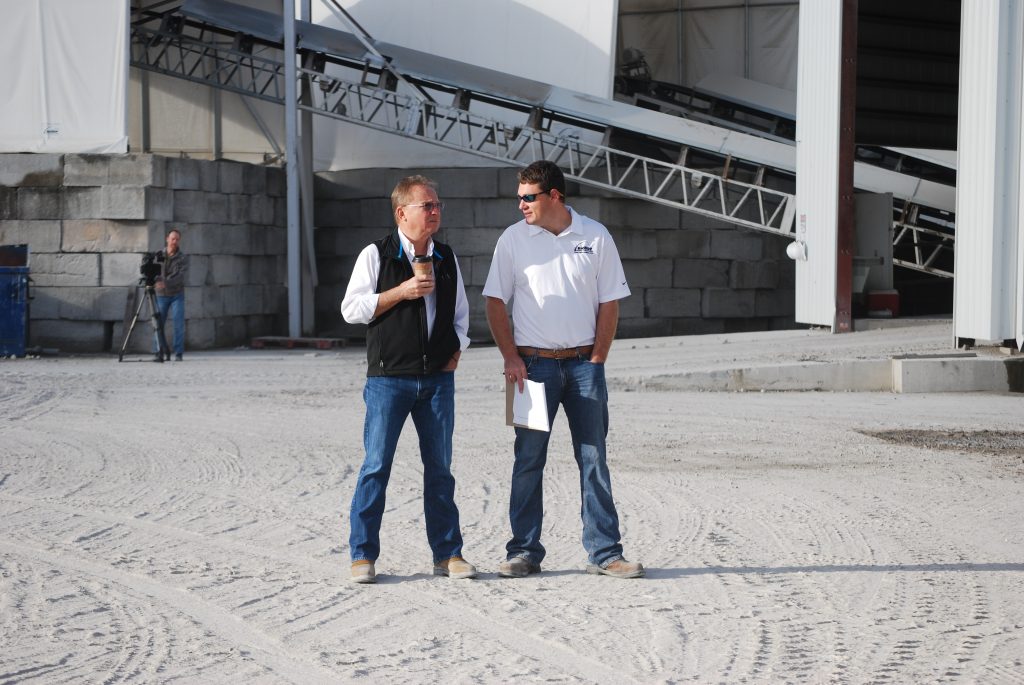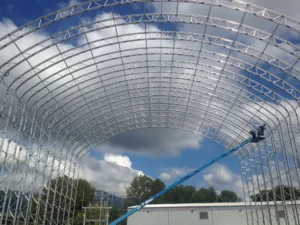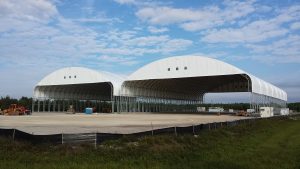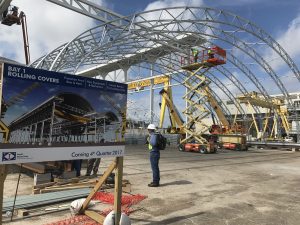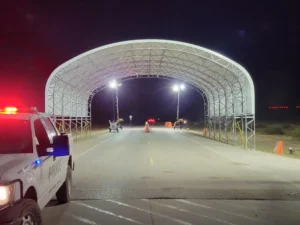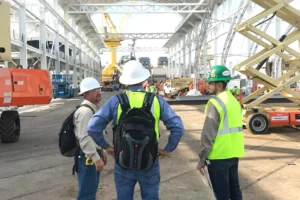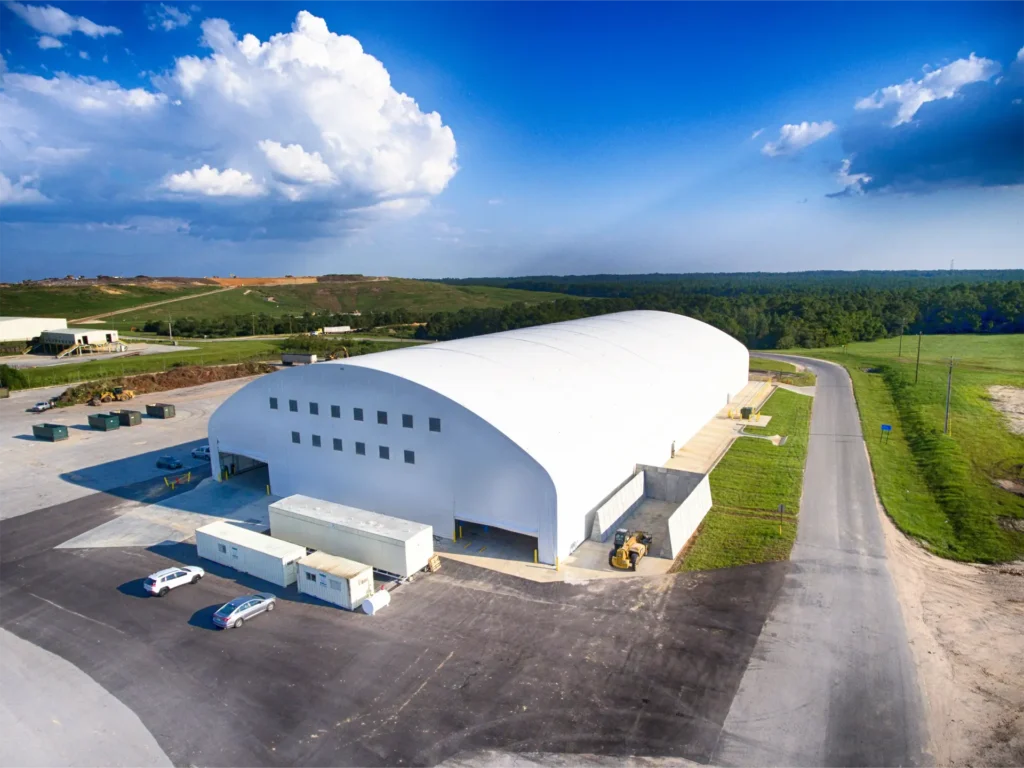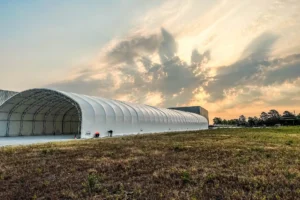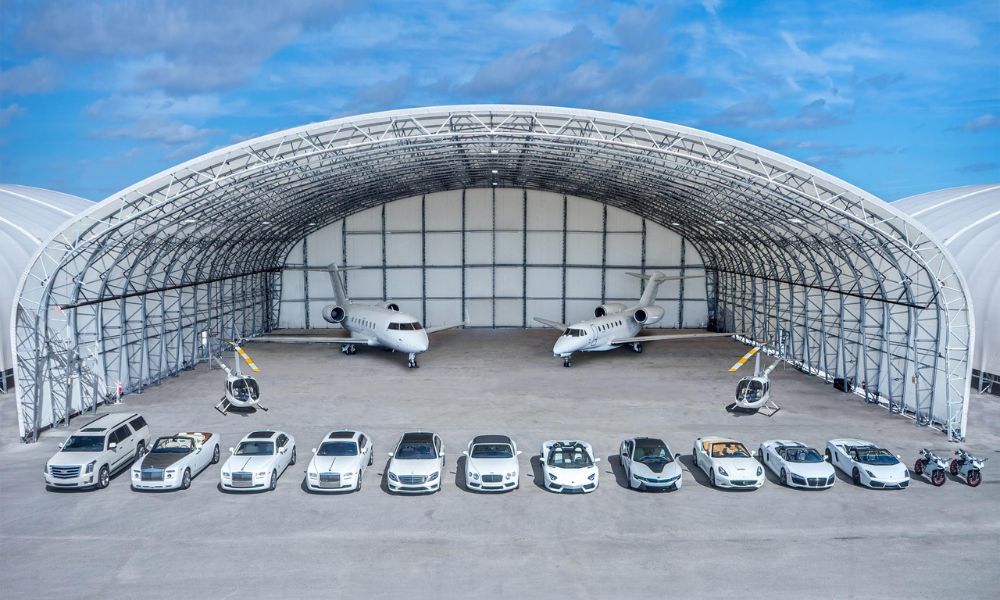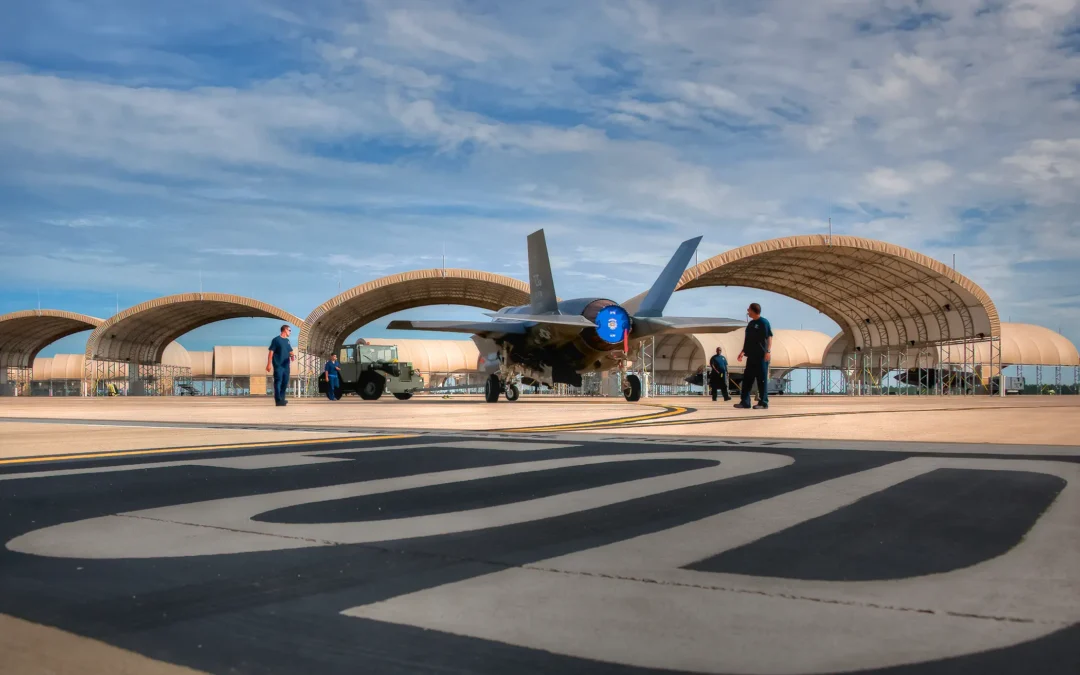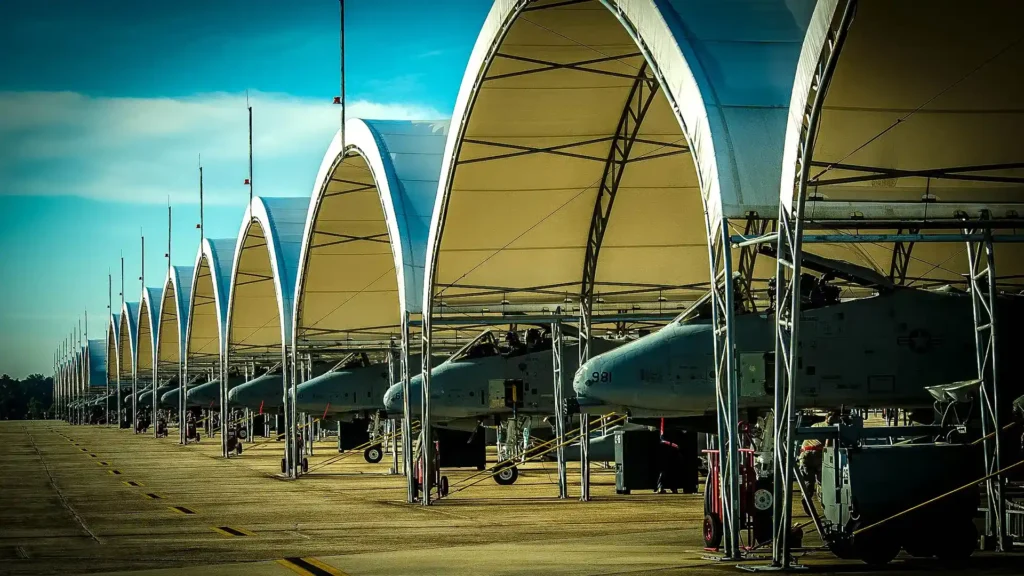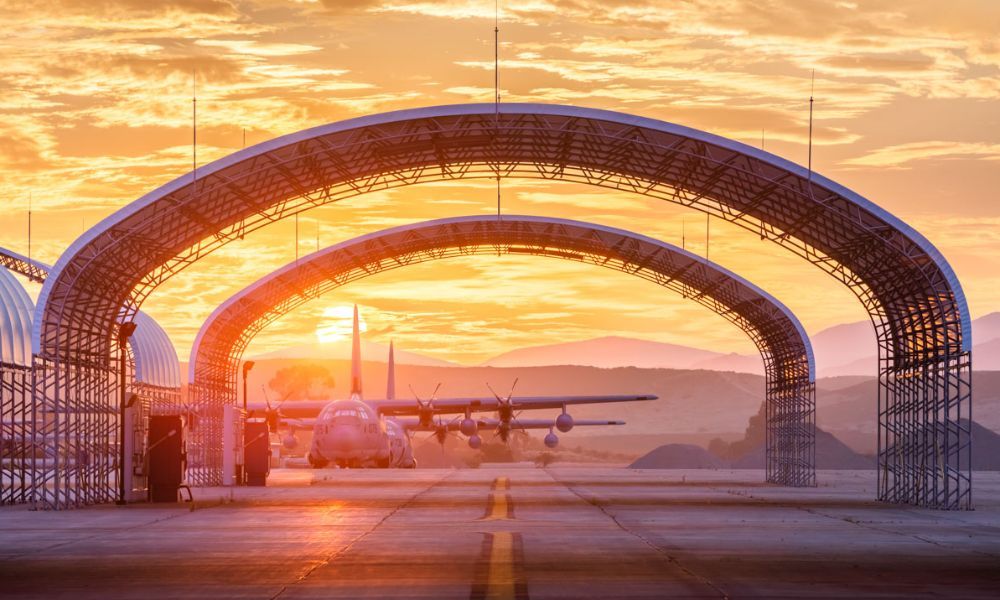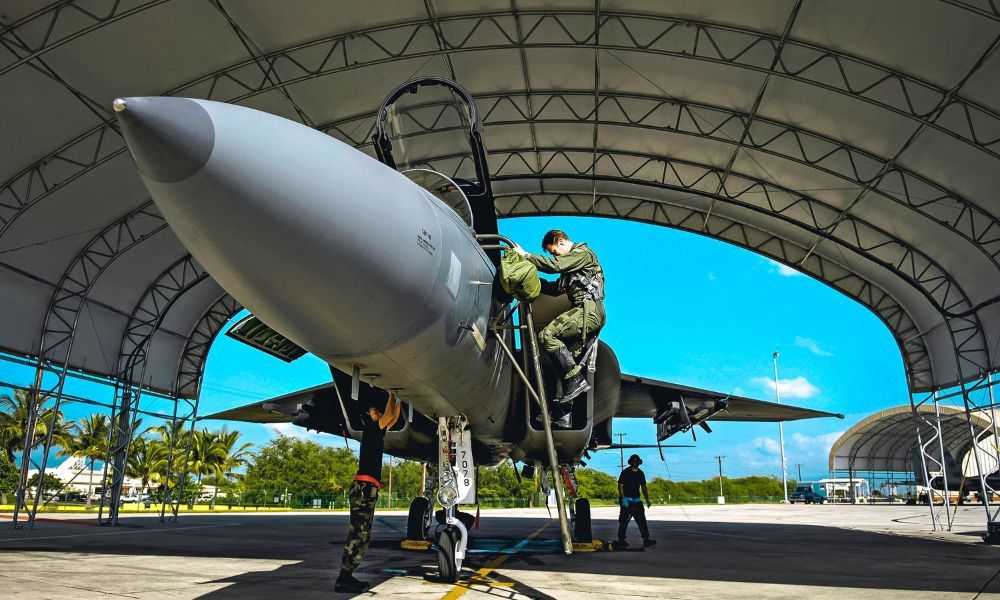Your airplane hangar protects your biggest investment—your aircraft. To protect that investment, your airplane hangar must be durable, spacious, and secure. Designing an airplane hangar is no easy task, so take a look at these factors to consider when designing an airplane hangar. Then, you can build a structure that will protect your plane for years. Here are 4 factors to consider when designing an airplane hangar:
Identifying Your Hangar’s Location
The hangar’s location influences various design parameters, such as size, orientation, and even the materials you use in construction. Additionally, you should be familiar with the site’s weather conditions, as areas that experience high wind or heavy snowfall may require sturdy, insulated structures.
Proximity to the runway, taxiway, and other airport facilities can also affect your hangar’s design. In this case, factor in the ease of access and maneuverability of the aircraft. Keep in mind that local zoning laws and airport regulations may restrict your hangar’s size, height, or visual appearance.
Choosing the Right Size Hangar for Your Needs
To determine the appropriate size for your hangar, consider the dimensions of your aircraft and any others you might acquire. The hangar should be spacious enough to accommodate your largest aircraft, with room for maintenance activities.
Your hangar should accommodate the plane’s wingspan, length, and tail height. If you plan to use the hangar for activities other than aircraft storage, like repairs or meetings, you’ll need to create a space for these activities. Also, the hangar door size should be wide and high enough to allow for easy entry and exit of the aircraft.
Consider Your Layout
Layout is one of the most important factors to consider when designing an airplane hangar. Your hangar should have a clear path for the aircraft to move in and out without obstructions. Also, consider the placement of hangar doors and windows for light and ventilation. Position the aircraft storage sections, maintenance areas, and office spaces strategically. For instance, maintenance areas should be near parts storage so you can access tools and replacement parts easily. You can designate office spaces near the periphery of the hangar, where noise levels are low.
Lighting, Heating, Cooling, and Utilities
Appropriate lighting, heating, cooling, and utility systems are as critical as any other feature in your aircraft hangar. Ideally, hangars should incorporate natural and artificial lighting solutions to optimize visibility.
Pay attention to heating and cooling needs, as these systems directly impact the condition of your aircraft. This is especially important in regions with extreme weather conditions. Consider energy-efficient options, such as radiant floor heating or evaporative cooling, to maintain a comfortable environment in the hangar.
Set up your utility provisions for water, electricity, and telecommunications with flexibility and future needs in mind. Don’t forget to equip your hangar with fire prevention and suppression systems, such as fire alarms and sprinklers, to ensure the safety of anyone in or near the structure and compliance with aviation regulations.
However you design your airplane hangar, let Big Top Manufacturing bring your vision to life. As experts in designing, manufacturing, and installing airplane hangar buildings, we have the knowledge, experience, and skills to build a hangar for your aircraft.
